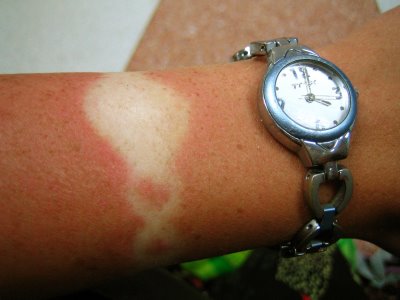driving tan
May 8, 2012 | in southernbelledriverIn sunny states like California, Florida and Texas, you’ll know all too well the uneven arm tans you can get while driving. Anyone who loves comparing silly tans on road trips can relate. I’m not keen on the idea of keeping melted sunscreen in my car so I’ve looked into window tinting.
Here is what I found out: the darkness of tint is measured by Visible Light Transmission percentage (VLT%). In Texas, this percentage refers to percentage of visible light allowed in through the combination of film and the window. Non-reflective tint is allowed across the top of the windshield above the manufacturer’s AS-1 line (line at which auto glass or automotive manufacturers label windshields as AS-1, which stands for approved safety glass). The front side and back side windows must allow more than 25% of light in, however for the rear window any darkness can be used.
Similar to sunglass lenses, some tinting film contain metallic components that help in reflecting incoming light and reducing the glare and heat generated by visible light. Tint can not be more than 25% reflective.
Now that my Texas tan is a thing of humor’s past, to learn more helpful driver safety tips or discounts for auto insurance take a state approved defensive driving course at www.defensivedriving.com.






